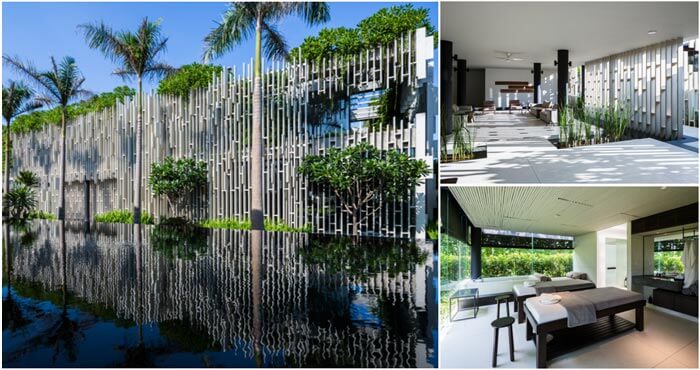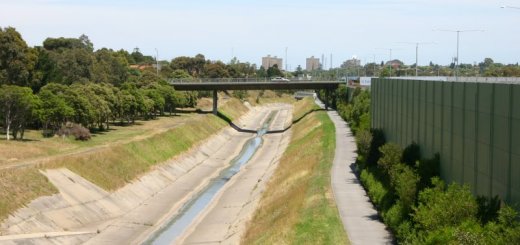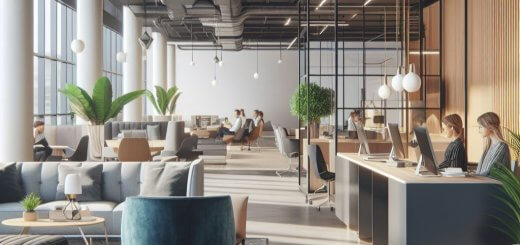
As one of the most popular vacation spots in Danang, Vietnam, Naman Retreat offers a great range of facilities to allow one to relax. By combining architecture and interior styles that truly showcase Vietnam’s vernacular style and cultures, Naman Retreat is famous for having bamboo structures. It certainly will make one’s vacation memorable, from the beautiful beachfront villas to wellness facilities. The result is a space that gives off the freshest, liveliest, and greenest atmosphere that is very fitting to their wellness concept, for the body and the mind.
With an area of 1600 square meter, Naman Spa Retreat is a project designed by Mia Design Studio in 2015. This architecture firm based in Ho Chi Minh City in Vietnam adds plants to the façade and the courtyard of the building to make sure Naman Retreat Spa’s building in itself will give fresh air and tranquility for the hotel guests. The exterior of the building is fragmented with hanging plants that also act as shading and an ‘umbrella’ for the spa area.
The overall façade is made of an array of vertical lines, put together in a dynamic rhythm that resembles a brick wall, but rotated 90 degrees. Right on the side of this façade is a pool to reflect these patterns and make the façade looks taller.
“With the use of local plants, each retreat becomes a healing environment where the guest can enjoy a luxurious wellness in privacy,” said the studio. “Different areas flow smoothly into each other and the beautiful landscape creates an amazing journey into a dream-like experience.”
A large atrium dominated by the pool and surrounded by hanging gardens puts the focal point onto the ground floor. Mia Design Studio created stepping stones across from the pool to connect the gym, the meditation room, and the yoga room surrounding the atrium in Naman Retreat Spa.
Fifteen treatment rooms with glazed walls, a cushioned daybed, and deep bathtubs are set around the atrium on the upper floor. The trailing planting and latticed louvres filter the tropical sunlight to maintain cool temperatures, while still permitting views into the resort’s grounds.
Vietnam is always well known for its tropical weather and climate, so the architecture is famous for using a lot of brise soleil, courtyards, and light materials to let the air and wind flow in and out of the buildings. Not to forget, the one trait that many of these Vietnamese building has – and that is hard to miss these days – is a lot of greeneries, especially on the façade. Naman Retreat Spa is such a great example of that.











